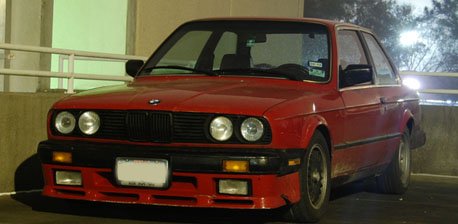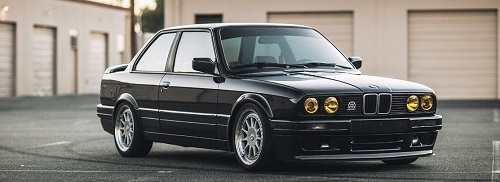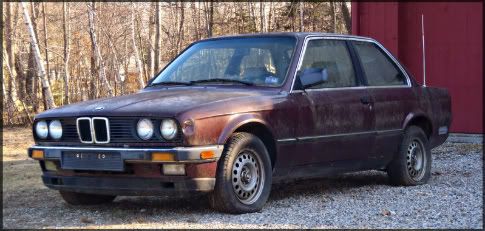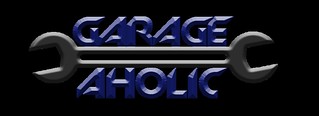Hi everyone, I've been lurking here for a while, so I finally decided to post. So yesterday I'm driving back from work and while i'm at a red light, my clutch pedal drops to the floor and stays there (had to put the flashers on and pull up the pedal with my hand to get it to the normal position)... Now when I drive, if I even rest my foot lightly on the clutch pedal, like I always have, the pedal slowly sinks to the floor. Now I assume theres something wrong with the hydraulic cylinder, but seeing as I don't have much knowledge in that area, anyones help would be appreciated.
Thanks.
Thanks.







Comment